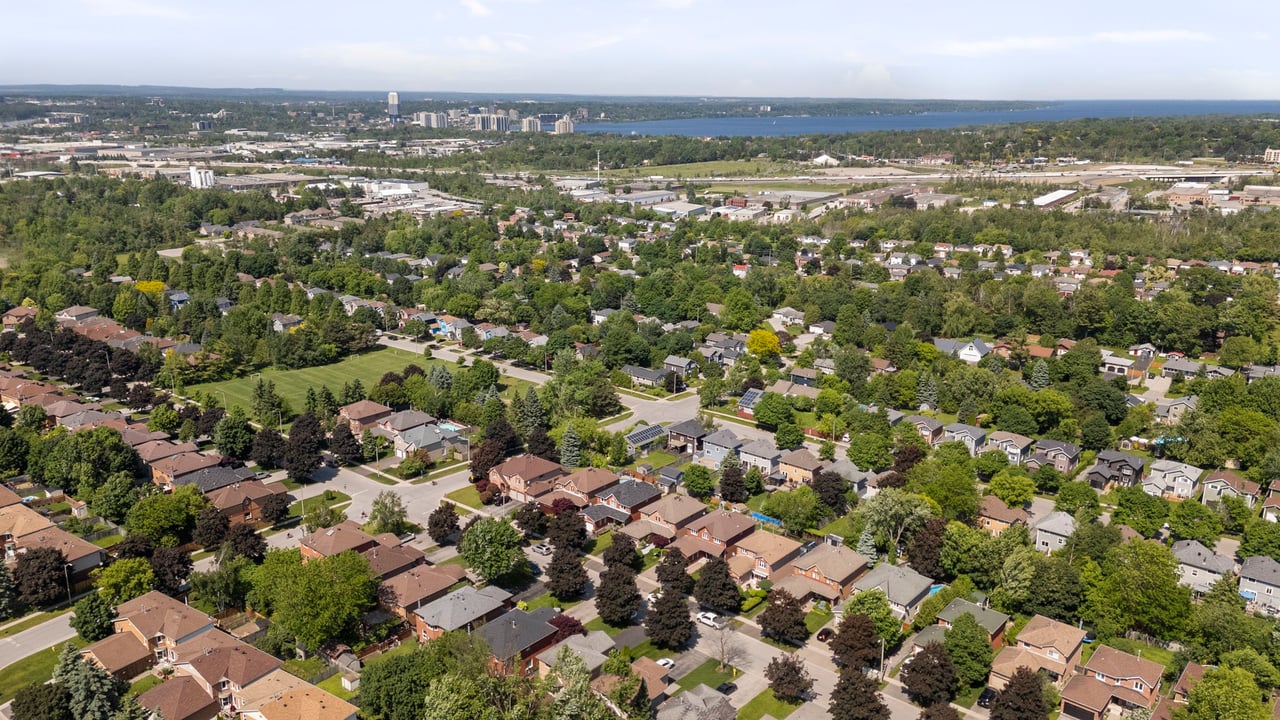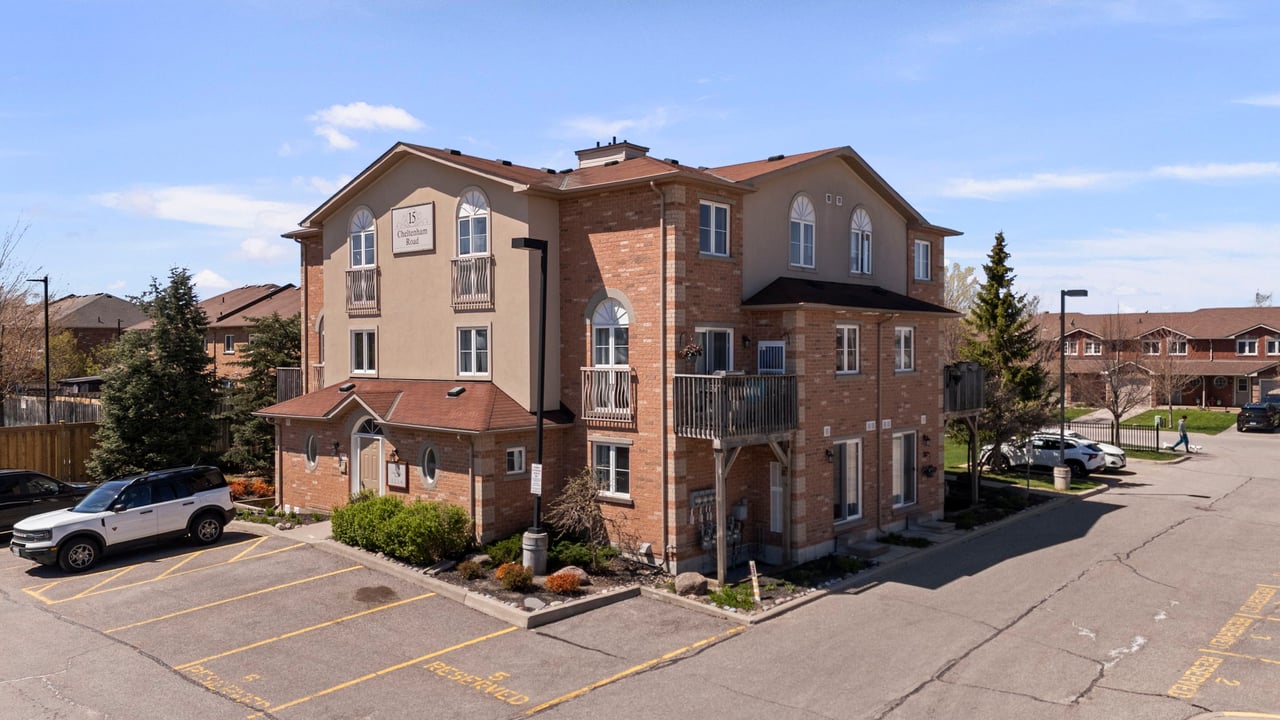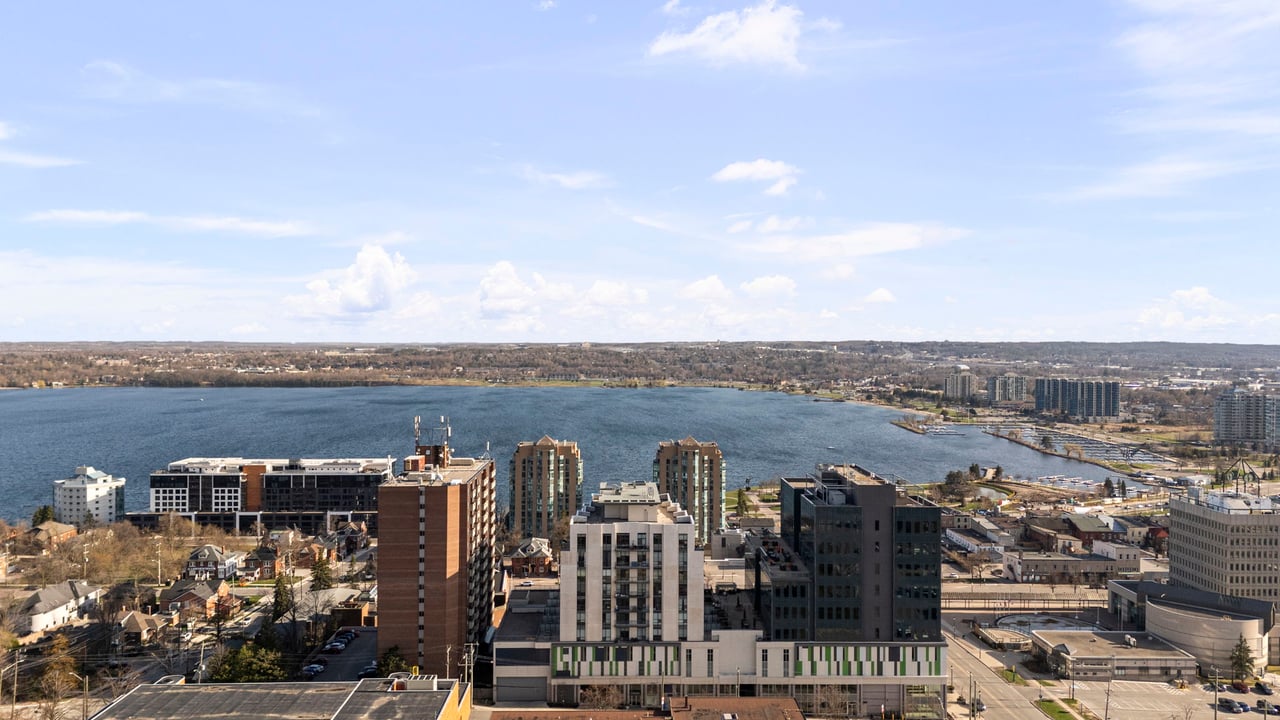As temperatures drop and the leaves begin to fall, ensuring your home is energy-efficient becomes crucial for both comfort and cost savings. The transition from summer to winter presents an ideal opportunity to implement energy-saving strategies that reduce utility bills and minimize your carbon footprint. Below, we present a comprehensive guide to fall energy efficiency tips specifically tailored for Canadian homes, helping homeowners stay warm and cost-efficient during the colder months.
1. Seal Air Leaks to Enhance Insulation
One of the most common sources of heat loss in homes is through cracks and gaps around doors, windows, and walls. These leaks allow warm air to escape and cold air to infiltrate, making your heating system work harder than necessary. Conduct a thorough inspection of your home’s exterior, particularly around window frames, doors, and any areas where pipes or cables enter the house.
Recommended Action:
- Caulking and weatherstripping are highly effective methods to seal these leaks. Apply caulking to stationary joints like window frames, while weatherstripping is ideal for moveable components like doors.
2. Optimize Your Windows for Winter
Windows are another significant source of heat loss. Energy-efficient windows can help retain heat, but for homes with older or single-pane windows, additional measures are needed to ensure maximum efficiency. During fall, it's important to prepare windows for the harsh winter conditions.
Recommended Action:
- Use thermal window coverings like heavy curtains or cellular shades to prevent heat loss.
- Apply plastic window film to create an additional barrier against the cold.
3. Upgrade Your Home’s Insulation
Proper insulation in your walls, attic, and basement is essential for maintaining a consistent indoor temperature. Homes with insufficient insulation can lose up to 30% of their heat, causing energy bills to spike. Upgrading insulation is a long-term solution that will significantly enhance energy efficiency throughout the fall and winter months.
Recommended Action:
- Install fibreglass or spray foam insulation in attics and walls.
- Focus on insulating the basement and crawl spaces, as these areas are often overlooked but are major sources of heat loss.
4. Service Your Furnace for Peak Performance
Your furnace is the heart of your home’s heating system. Regular maintenance is crucial to ensure it runs efficiently throughout the colder months. A poorly maintained furnace not only consumes more energy but also reduces indoor air quality.
Recommended Action:
- Schedule a professional inspection of your furnace before the fall season ends.
- Replace the furnace filter regularly, as a clogged filter reduces efficiency and puts strain on the system.
5. Use a Programmable Thermostat
A programmable thermostat is a powerful tool for regulating indoor temperature without wasting energy. These thermostats allow homeowners to set heating schedules that align with daily routines, reducing energy consumption when no one is home.
Recommended Action:
- Program your thermostat to lower temperatures during the night or when the house is unoccupied.
- Consider upgrading to a smart thermostat, which provides real-time monitoring and adjustments for optimal efficiency.
6. Reverse Ceiling Fans for Better Circulation
Many homeowners are unaware that ceiling fans can help improve heating efficiency during the colder months. By reversing the direction of your ceiling fan’s blades, you can push warm air from the ceiling down into the living space, enhancing comfort without overburdening your heating system.
Recommended Action:
- Set the ceiling fan to rotate clockwise at a low speed, redistributing warm air throughout the room.
7. Adjust Water Heater Settings
Water heating accounts for a significant portion of home energy usage, especially during the colder months when hot water demand increases. By optimizing your water heater settings, you can reduce energy consumption without sacrificing comfort.
Recommended Action:
- Lower your water heater’s temperature to 120°F (49°C). This is hot enough for household needs while preventing energy waste.
- Consider installing a water heater insulation blanket to reduce heat loss, particularly in older units.
8. Insulate Pipes to Prevent Heat Loss
Uninsulated pipes, particularly those running through unheated areas such as basements and garages, lose heat as hot water travels to your taps and appliances. Insulating these pipes not only reduces energy consumption but also helps prevent pipes from freezing during extreme cold.
Recommended Action:
- Install foam pipe insulation on all exposed hot water pipes to retain heat.
9. Maximize Natural Heat with Sunlight
Sunlight is a free and renewable source of heat. Maximizing natural sunlight during the day can reduce your dependence on artificial heating. Proper management of curtains and blinds ensures that your home absorbs as much sunlight as possible.
Recommended Action:
- Keep curtains open during the day, particularly on south-facing windows, to let in natural light.
- Close curtains at night to retain heat.
10. Use Energy-Efficient Lighting
As daylight hours decrease in the fall, energy-efficient lighting becomes increasingly important. Traditional incandescent bulbs consume a lot of energy and should be replaced with more efficient options to reduce electricity bills during the darker months.
Recommended Action:
- Replace incandescent bulbs with LED or CFL bulbs, which use significantly less energy and last longer.
- Install motion sensors or timers on outdoor lighting to avoid unnecessary energy use.
By implementing these 10 essential energy-saving tips, Canadian homeowners can enhance comfort, reduce utility bills, and minimize their environmental impact. Fall is the perfect time to prepare your home for winter, ensuring it remains warm and energy-efficient throughout the colder months.




